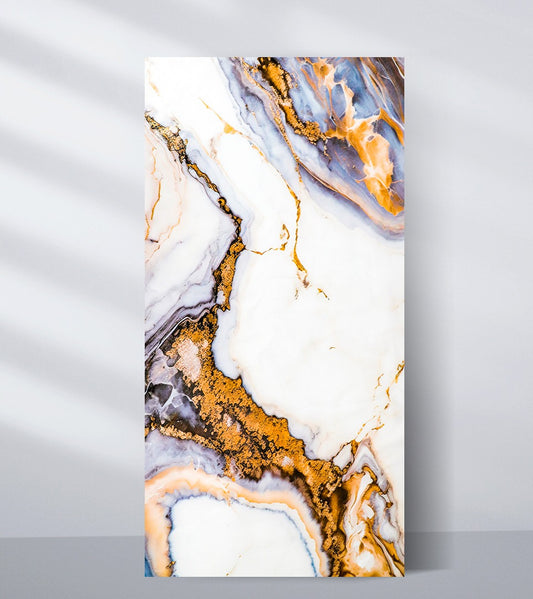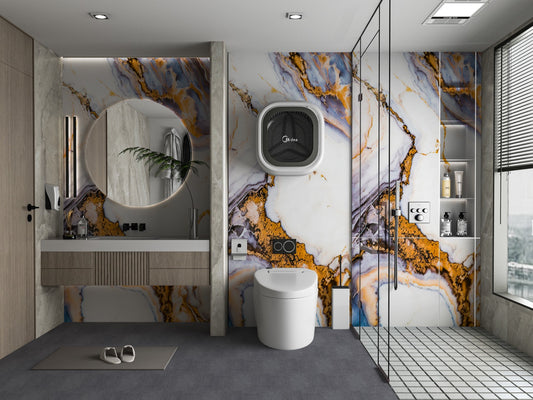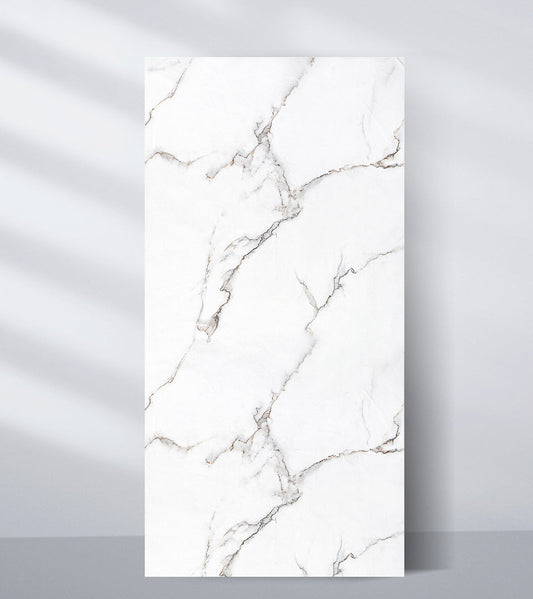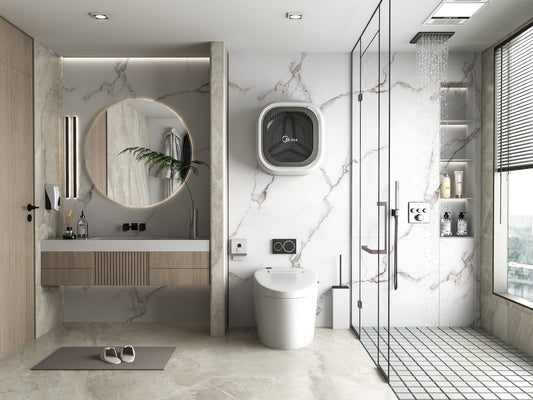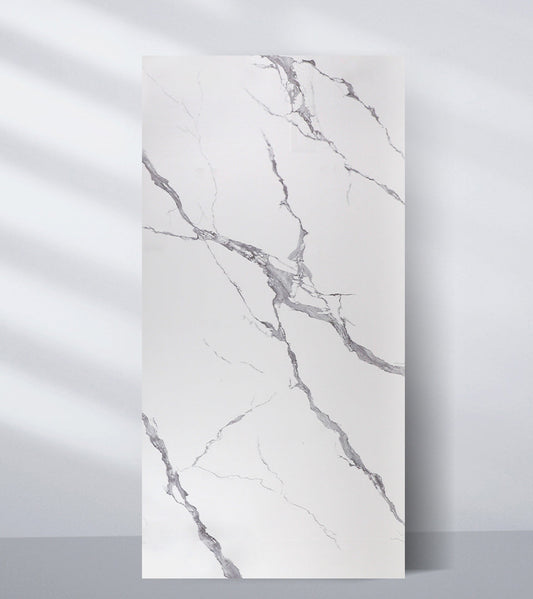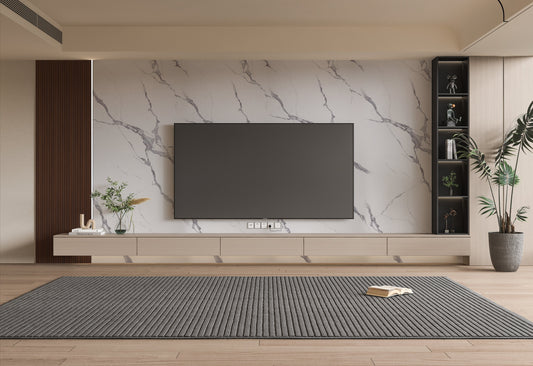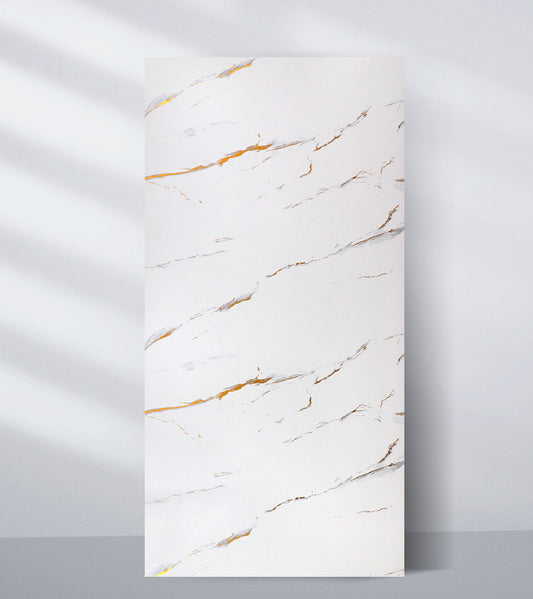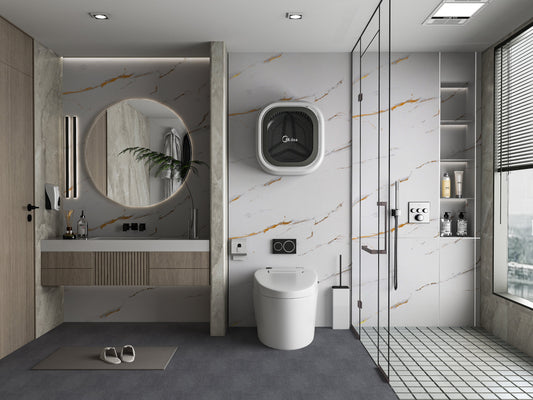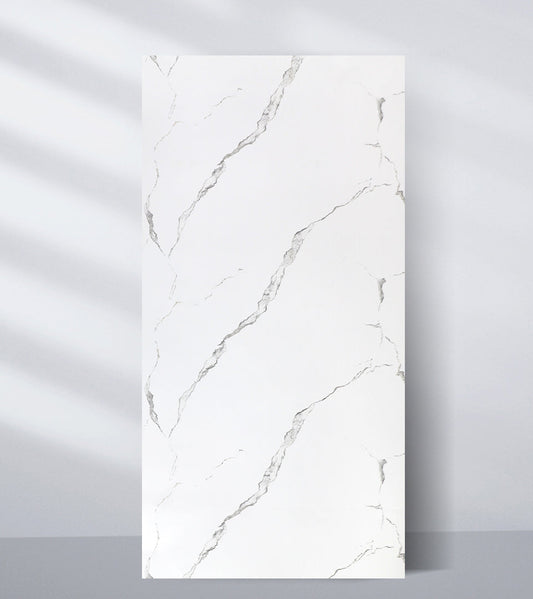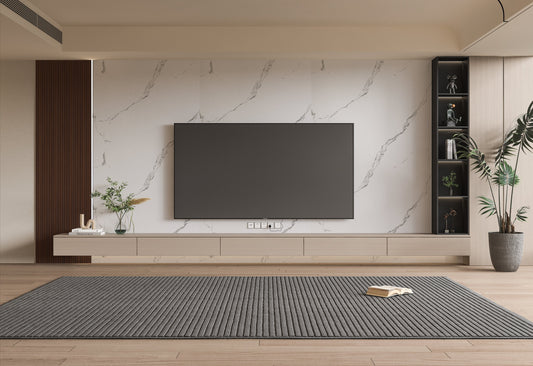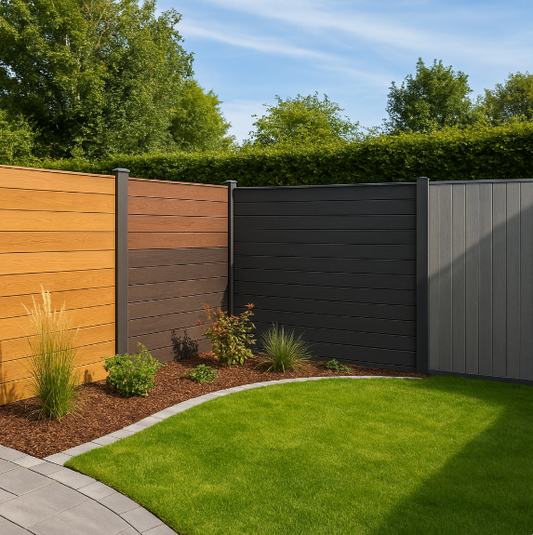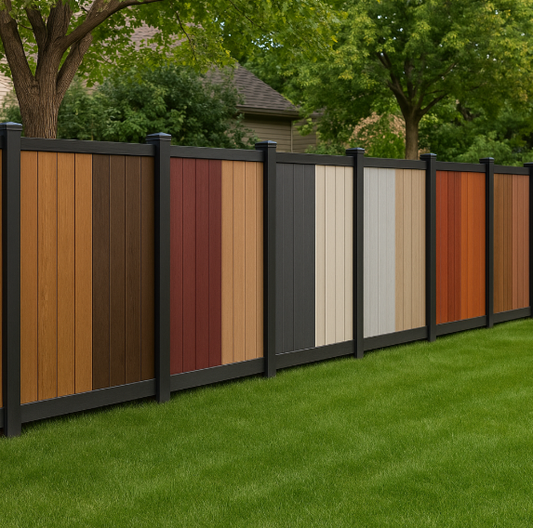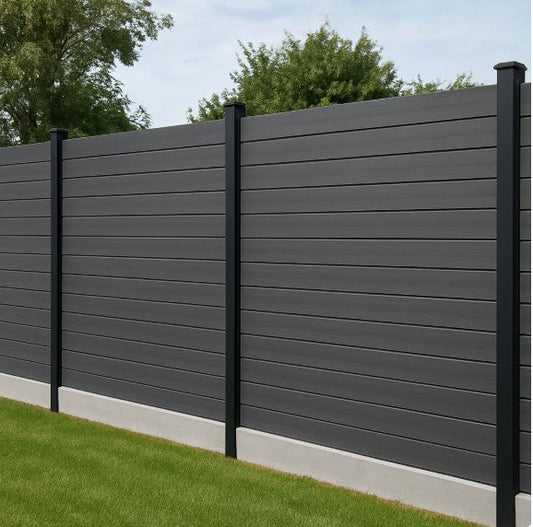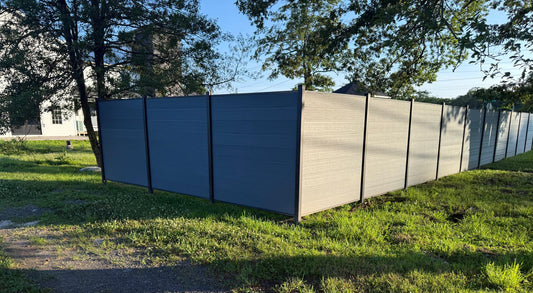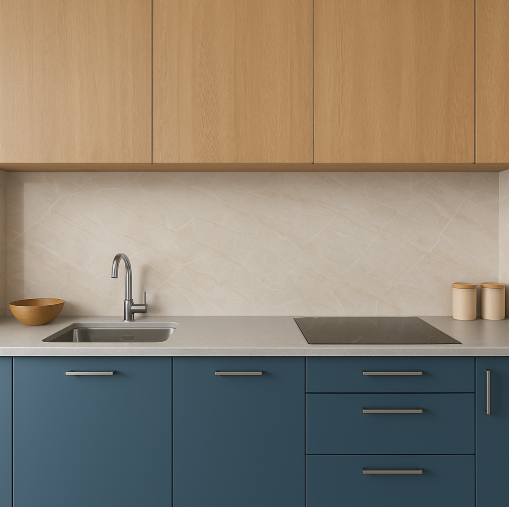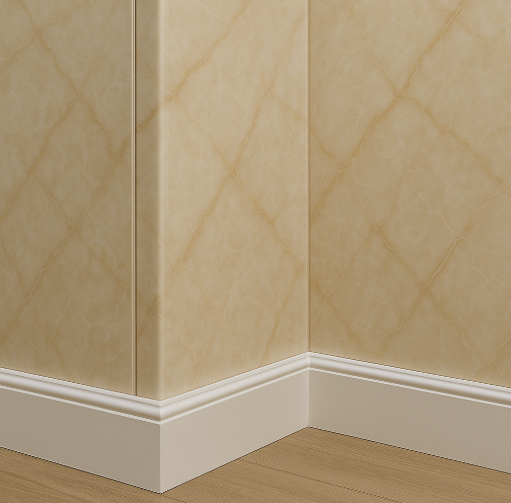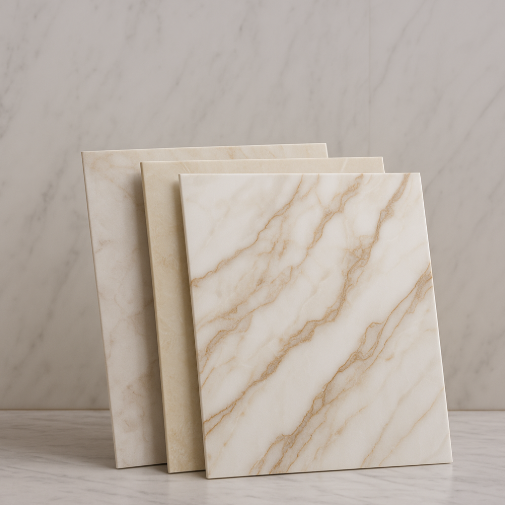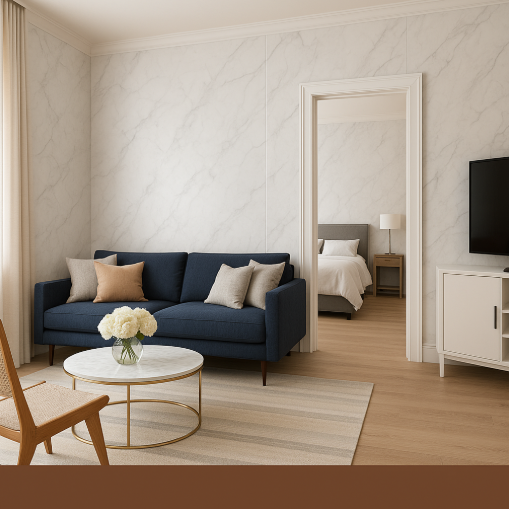When it comes to choosing the right fencing for your home, two of the most popular materials composite and wood often lead the discussion. While wood fencing has been a traditional favorite for decades, composite fencing has rapidly gained traction for homeowners seeking a modern, durable, and low-maintenance alternative.
In 2025, the debate is more relevant than ever. With increasing emphasis on sustainability, longevity, and style, homeowners are evaluating not just initial costs, but long-term value. In this blog, we’ll compare composite and wood fencing across several key factors to help you determine the best fit for your property.
What Is Composite Fencing?
Composite fencing is made from a blend of recycled plastic and wood fibers, creating a strong, weather-resistant material that replicates the look of real wood. It's manufactured in panels or boards and comes in a range of colors and finishes.
Key features:
- Looks like wood, but doesn’t rot or fade easily
- Made from recycled materials
- Designed for long-term performance with minimal maintenance
What Is Wood Fencing?
Wood fencing is the traditional fencing option, available in various species like cedar, pine, and redwood. It’s widely appreciated for its natural appearance and easy customization through painting or staining.
Key features:
- 100% natural material
- Can be painted or stained in any color
- Readily available and often less expensive upfront
1. Durability & Weather Resistance
Composite Fencing
Composite panels are built to last for 20–30 years or more. They are resistant to:
- Rot and insects
- Warping, cracking, and splintering
- UV damage and fading
Because composite materials are moisture-resistant, they don’t absorb water like wood, making them ideal for areas with heavy rain, humidity, or snow.
Wood Fencing
Wood fences, while initially strong, are more susceptible to:
- Rot and termite damage
- Warping, splitting, and mold
- Decay without regular maintenance
Even treated wood will eventually show signs of weathering, particularly in harsh climates.
✅ Winner: Composite Fencing
 |

|
2. Maintenance Requirements
Composite Fencing
One of the biggest advantages of composite fencing is how little maintenance it needs. Simply wash it occasionally with water or mild soap. No need for:
- Painting
- Sealing
- Sanding or staining
It retains its appearance and structural integrity with minimal effort.
Wood Fencing
Wood requires ongoing care, such as:
- Repainting or staining every 2–3 years
- Replacing rotted or warped boards
- Applying sealants to protect against moisture
Neglecting maintenance leads to quicker deterioration and reduced lifespan.
✅ Winner: Composite Fencing
3. Aesthetic Appeal & Design Flexibility
Composite Fencing
Composite panels come in a variety of:
- Colors (gray, brown, charcoal, woodgrain)
- Textures (smooth, wood-like grain)
- Configurations (horizontal, vertical, privacy panels)
They offer a modern, sleek look with consistent quality across all panels.
Wood Fencing
Wood provides natural beauty and flexibility in design. You can:
- Paint or stain in any shade
- Customize decorative cuts
- Achieve a rustic or traditional look
However, wood color and texture may change over time due to sun and weather exposure.
✅ Winner: Tie Wood offers more flexibility; composite offers long-term visual consistency.
4. Environmental Impact
Composite Fencing
Made using recycled plastic and reclaimed wood, composite is a more sustainable option. It:
- Diverts waste from landfills
- Doesn’t require chemical sealants
- Lasts longer, reducing replacement needs
Wood Fencing
While wood is a renewable resource, it contributes to:
- Deforestation (if not sourced sustainably)
- Chemical runoff from paint and treatments
- Shorter lifespan, leading to more frequent replacements
✅ Winner: Composite Fencing
5. Installation Process
Composite Fencing
Most composite fences come in interlocking panel systems or pre-assembled kits. Benefits include:
- Easier alignment and faster installation
- Less likelihood of human error
- Requires fewer tools and adjustments
However, composite materials are heavier than wood, and may need two-person installation.
Wood Fencing
Wood fencing requires:
- Custom measurements and cutting
- Post-setting, leveling, and attaching individual boards
- More time and labor-intensive work
While it’s possible to DIY, it generally takes more effort and maintenance afterward.
✅ Winner: Composite Fencing (for ease, consistency, and speed)
 |

|
6. Cost: Upfront vs Long-Term
Composite Fencing
- Higher upfront cost: Panels and materials are more expensive than wood
- Lower long-term cost: Minimal maintenance and no replacements for decades
Wood Fencing
- Lower upfront cost: More affordable initially
- Higher long-term cost: Ongoing maintenance, repairs, and eventual replacements
Here’s a quick cost example (for a 100-ft fence):
- Wood: $1,500–$2,500 (plus $200/year in upkeep)
- Composite: $3,000–$4,500 (almost zero annual maintenance)
✅ Winner: Composite Fencing greater value over time
7. Privacy & Security
Both fencing types can be designed for privacy, but composite offers some unique benefits.
Composite Fencing
- Solid panel construction for complete visual privacy
- Strong panels resist force, wind, and impacts
- Consistent structure = fewer gaps and weak points
Wood Fencing
- Can offer privacy, but boards may shrink, warp, or loosen over time
- May develop gaps or lose alignment, reducing security
✅ Winner: Composite Fencing
8. Pest & Mold Resistance
Composite Fencing
- Naturally resistant to termites, carpenter ants, and other insects
- Won’t develop mold or mildew unless left extremely dirty
Wood Fencing
- Highly attractive to pests
- Prone to mold, mildew, and rot in damp environments
✅ Winner: Composite Fencing
So, Which Fencing Option Is Better in 2025?
Here’s a final comparison table:
|
Feature |
Composite Fencing |
Wood Fencing |
|
Durability |
✅ Long-lasting |
❌ Prone to damage |
|
Maintenance |
✅ Minimal |
❌ High upkeep |
|
Aesthetic |
✅ Consistent |
✅ Customizable |
|
Eco-Friendliness |
✅ Made from recycled materials |
❌ Depends on sourcing |
|
Cost Over Time |
✅ Lower |
❌ Higher |
|
Installation |
✅ Easier |
❌ Labor-intensive |
|
Pest Resistance |
✅ Yes |
❌ No |
|
Privacy & Security |
✅ Strong & seamless |
❌ May weaken over time |
Final Verdict
While wood fencing may appeal to those looking for a rustic aesthetic and lower initial investment, composite fencing stands out as the superior choice for 2025. It checks all the boxes: durability, low maintenance, sustainability, and modern style. For homeowners focused on long-term value and minimal upkeep, composite is the clear winner.
At Accel Inc, we offer a wide range of composite fencing solutions that deliver strength, elegance, and lasting performance. Explore our collection today and upgrade your outdoor space with fencing that’s built for the future.

